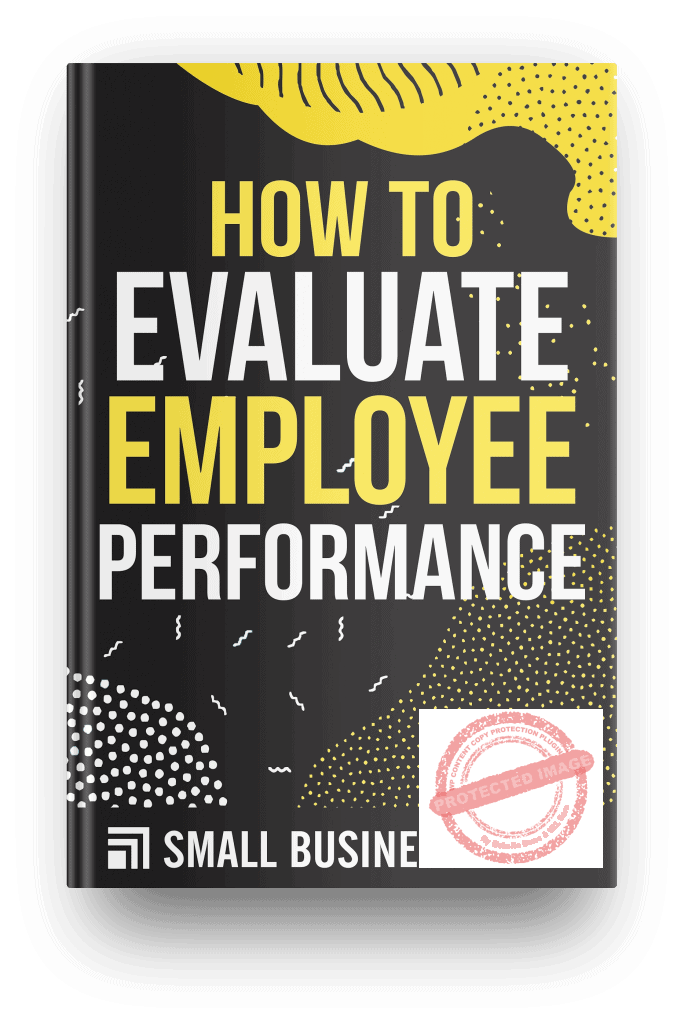It’s the end of the quarter and you want to reward your employees according to individual performance. This is great, but do you understand how to evaluate employee performance to effectively achieve your aim?
The evaluation of employee performance requires careful and subjective work performance appraisal and you can do this in various ways.
You can adopt employee KPIs, metrics to measure performance, and/or other performance evaluation tools.
Nevertheless, measuring employee performance is quite tricky especially if your employees are not in the sales department.
One reason being the unquantifiability of quality and efficiency.
These factors on performance appraisal are often hard to measure.

You’ll have to rely on narrative or create a tool that effectively measures quality and efficiency of work done.
Sometimes, bias and subjectivity are still part of evaluating employee performance, no matter how standard your evaluation tool is.
However, with the right techniques, you can reduce subjectivity on performance appraisal.
In this guide, you’ll learn five essential lessons on performance appraisal. This includes
- The purpose of performance evaluations
- The differences between KPIs, evaluation tools, and metrics in measuring performance
- The use of KPIs on performance evaluation tools
- The right metrics and KPIs to choose and include in your evaluation tool
- Employee evaluation tips
Employee Evaluation Goals

Employees are valuable assets of a company. Giving them the best benefits ensures their retention and satisfaction.
These benefits can encourage employees to work harder and perform better.
However, it doesn’t stop there.
As a business owner, you have the responsibility to evaluate the performance of your employees.
The word ‘responsibility’ may mean mandatory, but it’s not.
Evaluation is not a necessary procedure, but it is essential to the growth and success of your company.
The purpose of evaluating your employees’ performances isn’t to find fault in them.
The goal is to give your business a standard way of promoting qualified employees.

With performance evaluations, you can identify future leaders for your company.
You can formulate a better compensation package for your employees.
Based on performance data, you can create an intervention plan to boost the performance of poorly performing employees.
Some employees love to hear how they are contributing to the growth of the company.
Performance evaluation gives them a sense of satisfaction that they’re doing their job as expected or more.
As much as possible, use performance evaluations to increase employee morale, not to degrade it.
For this, you need to develop a performance evaluation tool that is fair and just from your perspective and your employees’.
KPI, Metrics Performance, And Evaluation Tools Defined
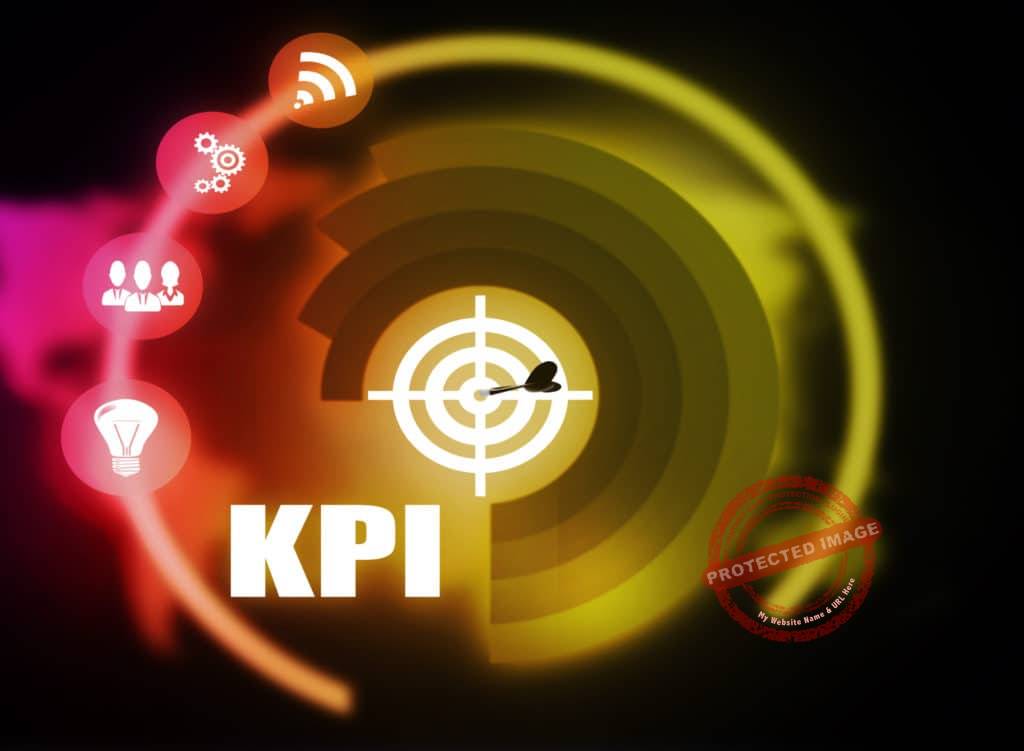
Some business leaders confuse employee KPIs with metrics to measure performance.
Although these two gauge performance, they are different.
Metrics are often tied with overall business performance.
KPI is a specific measurement against a particular business objective or target.
All KPIs are metrics to evaluate or measure employee performance.
However, metrics are not necessarily KPIs.
You can use metrics to measure an employee’s performance to a certain extent.
However, don’t use these metrics as the sole basis for promoting an employee or creating an incentive program.
You might ask which one is better in evaluating employee performance.
The answer is none.
You should use these two measurements of performance in a complementary manner.
For example; you used the rate of product defects as a metric to measure performance.
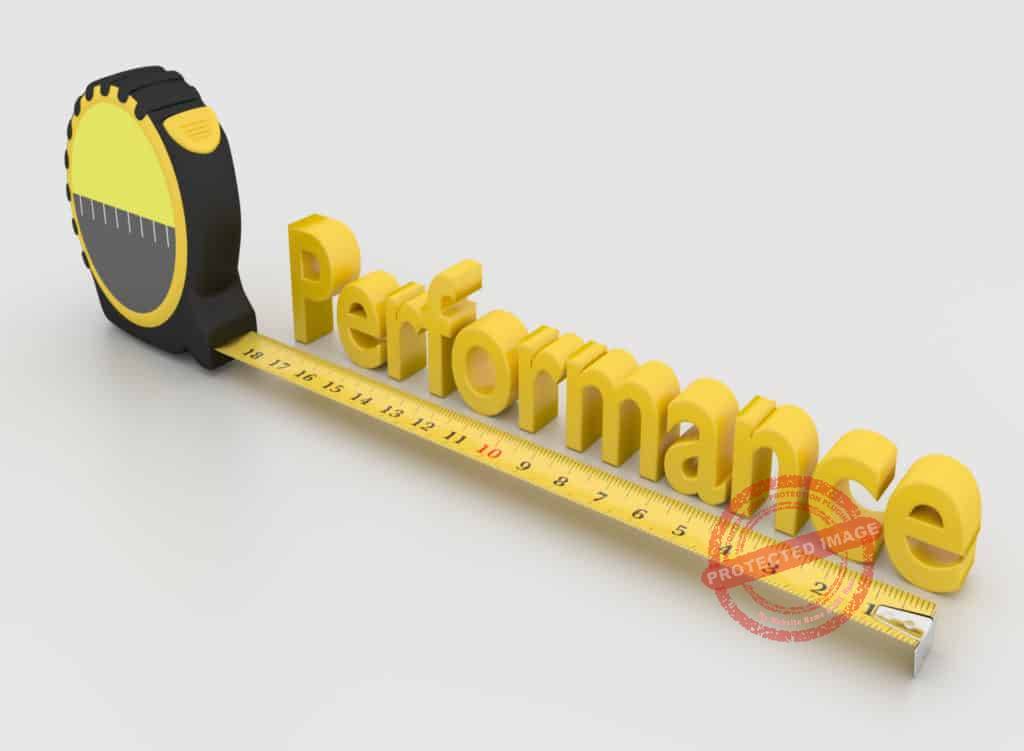
You found out that the rate of product defect is high even though the process of production is in excellent order and manufacturing machinery is functional.
At first, you tend to conclude that the employees are not performing as expected.
You might be correct on this assumption.
However, to make a final judgment without looking into individual performance would be creating injustice to your employees.
Metrics can be counterproductive if not done the right way.
Even if metrics are done the right way, you can’t make a final decision based on this data alone.
That’s why business industry experts invented key performance indicator (KPI) for evaluating employees.
KPI aids in making the workforce a just and fair competition for individuals who want to rise and be the next business leader.
However, there are times when the distinction between KPIs and metrics becomes a blurry line.
This distinction becomes blurred when metrics are target-specific measurements of performance.
It’s okay if this happens in your performance evaluation.

Your objective is to create a specific, target-oriented evaluation.
If you decide to use metrics and place targets on these metrics, the performance evaluation would be better for your employees.
Now, the role of a performance evaluation tool is to reflect the metrics and KPIs you adopted in measuring the performance of your employees.
You can use this tool in all departments.
To a certain extent, you can use the same metrics in all departments and all pay grades.
But you can’t use the same KPIs across all departments.
The KPIs for rank-and-file are silently different from the KPIs of your management level.
It’s hard to evaluate the performance of various employees at the same level.
This is because your employees are dealing with different aspects of your business.
So, performance management techniques are essential to avoid conflict arising from work performance appraisal.
How To Evaluate An Employee Using Metrics

You can choose from hundreds of metrics out there.
These metrics can be financial in nature, organizational level-based, employee-related, or customer-oriented.
The balanced scorecard includes these metrics.
The theory of this system states that you can measure your organization’s performance if you look into these four metrics.
Employee performance is one crucial factor in the success of an organization.
To an extent, you can use the other metrics to determine whether your employees are performing excellently or poorly.
Like if your business’ revenue is increasing, it may mean that your employees are doing their job in bringing sales.
Will there be a case when your profit increases but your employees aren’t performing as expected?
It’s unlikely, but you can evaluate individual performance using KPIs to formulate a proper incentive scheme for deserving employees.
Going back to metrics, the most popular ones used in business are:
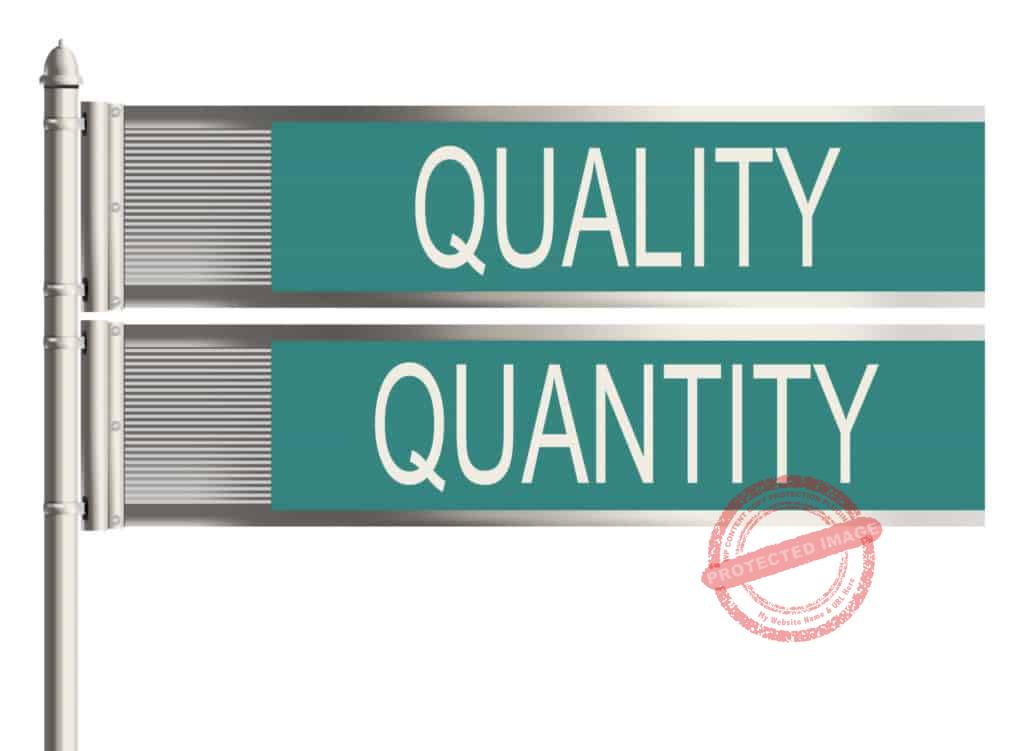
- Quality of work done
- Work quantity
- Timeliness or efficiency
Quality Of Work
Employees yield quality work if they commit fewer errors.
Place more emphasis on this metric (instead of quantity) if your company is more service-oriented than product-oriented.
Also, you can measure quality by noting customer feedback, the number of errors committed with the paperwork, or peer evaluation.
However, note that work quality is a tricky way of measuring performance because it’s prone to subjectivity.
The Quantity Of Work Done

Setting a standard in this metric is easier than in the work quality metric.
Work quantity metric is more objective in nature since numbers are easy to obtain.
You can use the number of units sold in a day (for retail), units produced (for manufacturing), calls resolved (for service), or any measurement to determine the quantity of work done.
Other examples of quantitative metrics are; return on investment, gross profit margin, customer satisfaction rate, schedule variance, and actual cost.
How do you evaluate employee performance using these metrics?
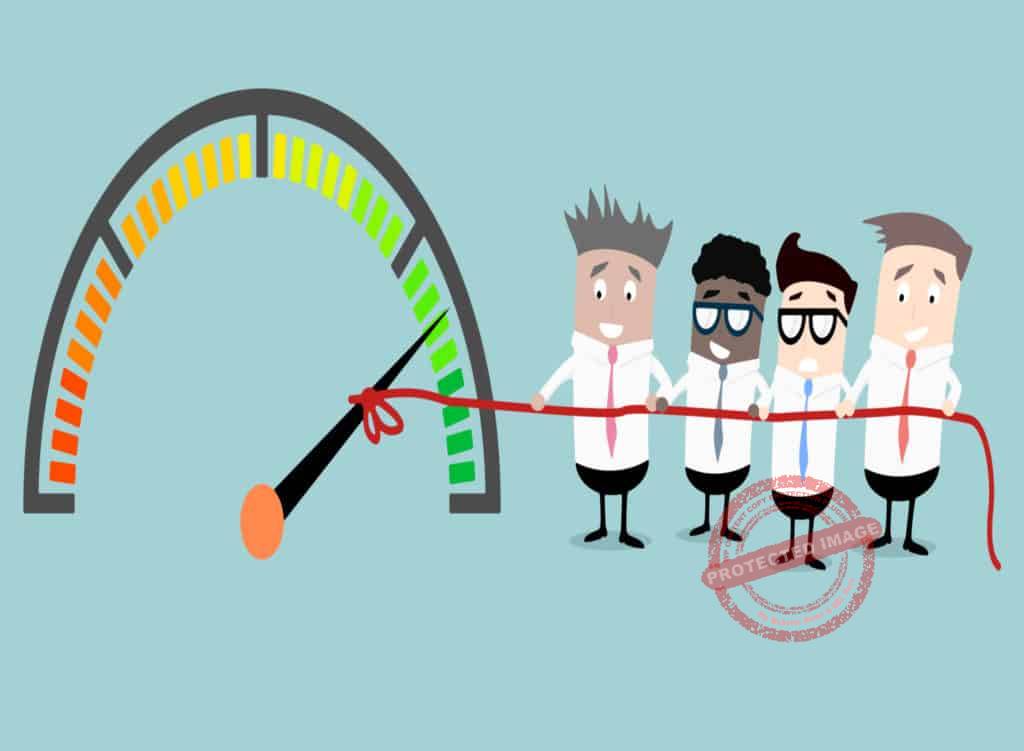
The following assumptions are used in these metrics.
- Gross profit margin is high. Therefore, employees must be doing their job as they should.
- Customer satisfaction rate is high. Meaning that your employees have improved their performance.
- Actual cost is lower than the estimates. This translates that the employees have completed their jobs efficiently and effectively.
The idea is to measure the work done by an employee in terms of numbers.
The examples mentioned are the standards across different industries.
You can select your metric on quantity so long as it represents the performance of your employee.
Timeliness/Efficiency

You can measure timeliness and efficiency if actual output exceeds the standard you’ve set at the beginning of work.
For example, you’ve established that in a day, an employee must finish at least a total of 50 call transactions.
One employee finished 55 call transactions.
Another employee had 60 call transactions. It would seem that the second employee is more efficient than the first one.
In terms of percentage, the first employee is 10% more efficient than the set standard.
While the second employee is 20% more efficient.
You can also use this evaluation in the quantity of work done.
However, quantity and efficiency don’t equate to excellent quality.
So, to determine the quality of work, you’ll have to measure errors or defective rate.
To conclude this section, metrics are essential measurements of employee performance.
However, these metrics alone can’t estimate actual performance per employee.
You’ll need to include other ways of measuring employee performance.
How To Measure Employee Performance Using Employee KPIs
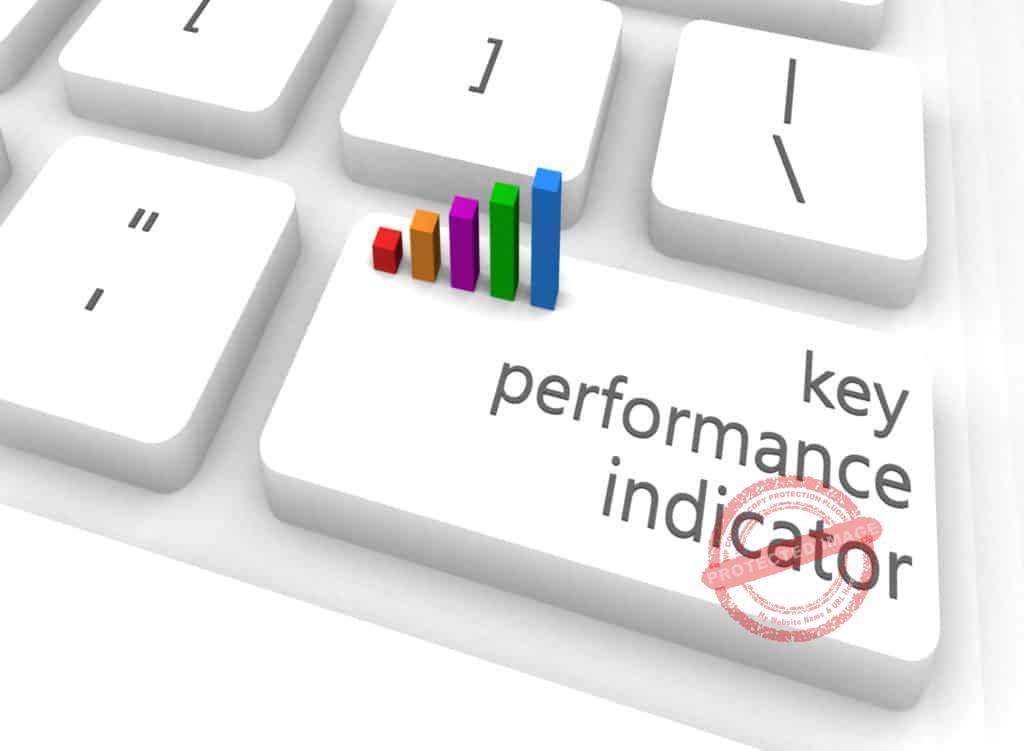
KPIs focus on the process.
Using the metrics mentioned above, you can break down these metrics into specific processes and assign a certain KPI to each process.
A KPI is closely tied to a specific task within the organization.
Sometimes, it is unique to a particular department.
One key indicator may not apply to another department.
However, there are times when one KPI can measure employee performance across all departments.
Here are some KPIs that you can adopt in your performance evaluation.
- The average task completion rate
- Utilization rate
- Overtime per employee
- Employee capacity
The Average Task Completion Rate
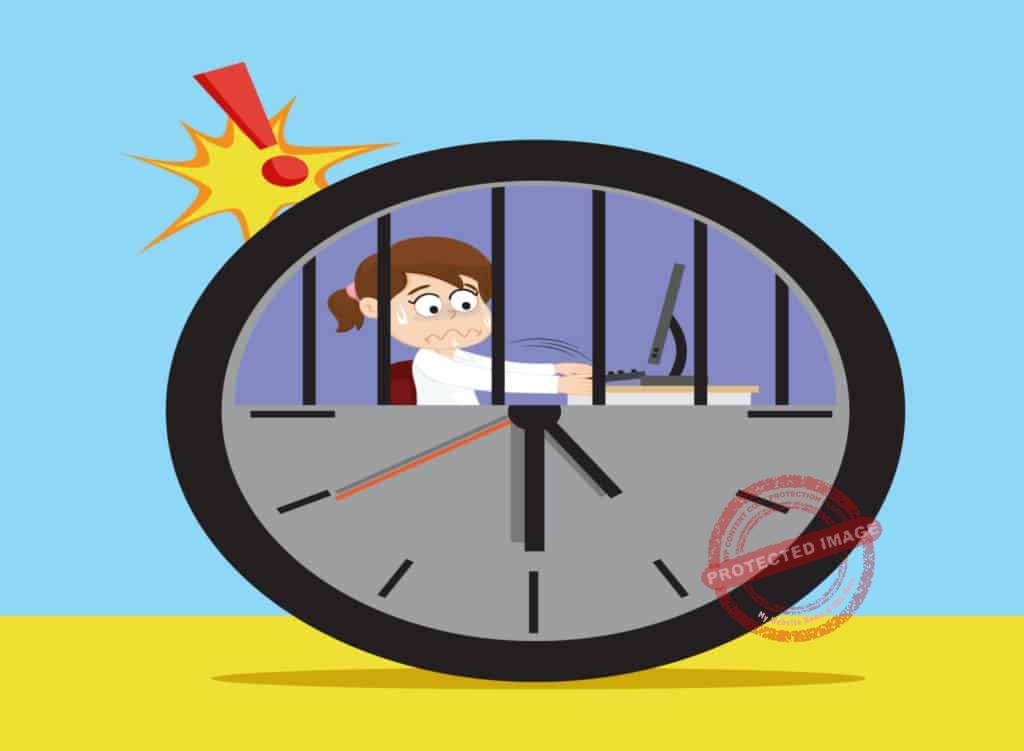
This measures how long a given task is completed within a specified period.
Get the total hours in achieving a task and divide it by the number of times the function is performed.
Utilization Rate
You can compute utilization rate by dividing the total billable hours used with the total hours logged in a week. Multiply the result by 100 to calculate the utilization rate of each task.
Overtime Per Employee
It measures how many overtime hours an employee uses to finish a task.
If your employees stay late at the office most of the times, it may mean that you need to hire more employees to perform other tasks.
Employee Capacity

This can measure productivity.
You can compute it by getting the weekly capacity of an employee and deducting the total hours logged.
A negative number shows that an employee is spending more hours at a given task.
It shows you the employee who needs to take in more work and those who need to be less burdened with tasks, so to speak.
Suffice to say that you need to evaluate all aspects of your business.
Indeed, you can benchmark popular and standard KPIs from other companies.
However, you have to make little changes to these KPIs so that you can create a more effective performance evaluation.
You have to ask yourself if these KPIs represent your existing processes.
How To Evaluate An Employee Using Performance Evaluation Tools
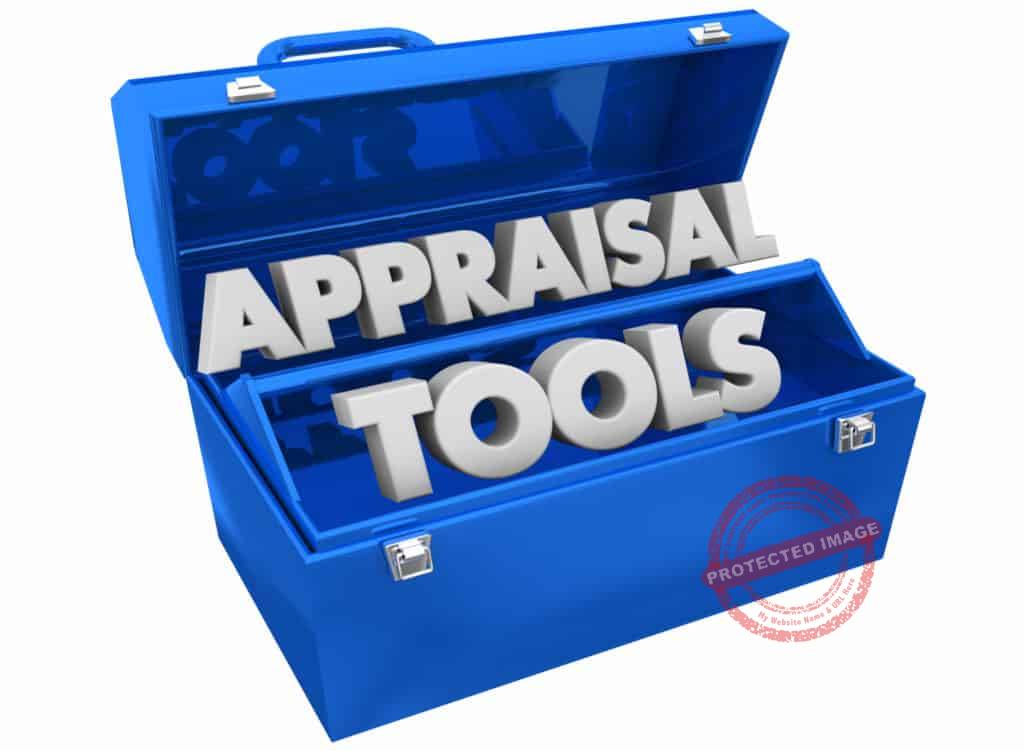
These tools expedite the process of evaluation.
With these tools, you can decide whether to promote an employee or increase a salary range.
Here are the most popular evaluation tools you can use in your business:
Behavioral Rating Scale
This tool is a combination of essay evaluation and quantity metrics.
You can use the checklist and weighted checklists for quantifiable aspects of performance such as calls made in a day or products sold in a month.
You can also use a rating scale to rank behaviors such as initiative, courtesy, punctuality, attendance, and the like.
For the qualitative metrics, you can use essay evaluation or narrative explanation.
Critical Incident Technique

This method focuses on qualitative metrics. With this technique, you describe the behavior of an employee.
Usually, you have to record the positive and negative reactions of an employee to specific incidents.
Here, you can evaluate an employee’s performance and efficiency through his/her daily dealings with co-workers, superiors, and customers.
Essay Evaluation
This method concentrates on describing the weaknesses and strengths of an employee.
It accounts for attitude and behavior in the workplace and it is not based on a structure.
It gives you the opportunity to become creative in identifying an employee’s weaknesses and strengths.
The risk is the likelihood of subjectivity.
360-Degree Feedback

An employee faces three types of people in the workplace.
These people are customers, co-workers/peers, and superiors/subordinates.
To gauge an employee’s performance, you need to get feedback from these three groups of people.
This method is useful in measuring performance because it accounts for the three aspects of workplace performance.
However, this method might be time-consuming.
Rating Method
In this method, you create a checklist of descriptions with ratings.
Using the list, you rate the employee accordingly.
Alternatively, you can use the process in your workplace and assign rates on the processes.
You can use a combination of these tools to measure the performance of your employees.
However, to gauge the capacity of your managerial and supervisory employees, you can use essay evaluations or critical incident technique with the rating method.
Performance Management Techniques
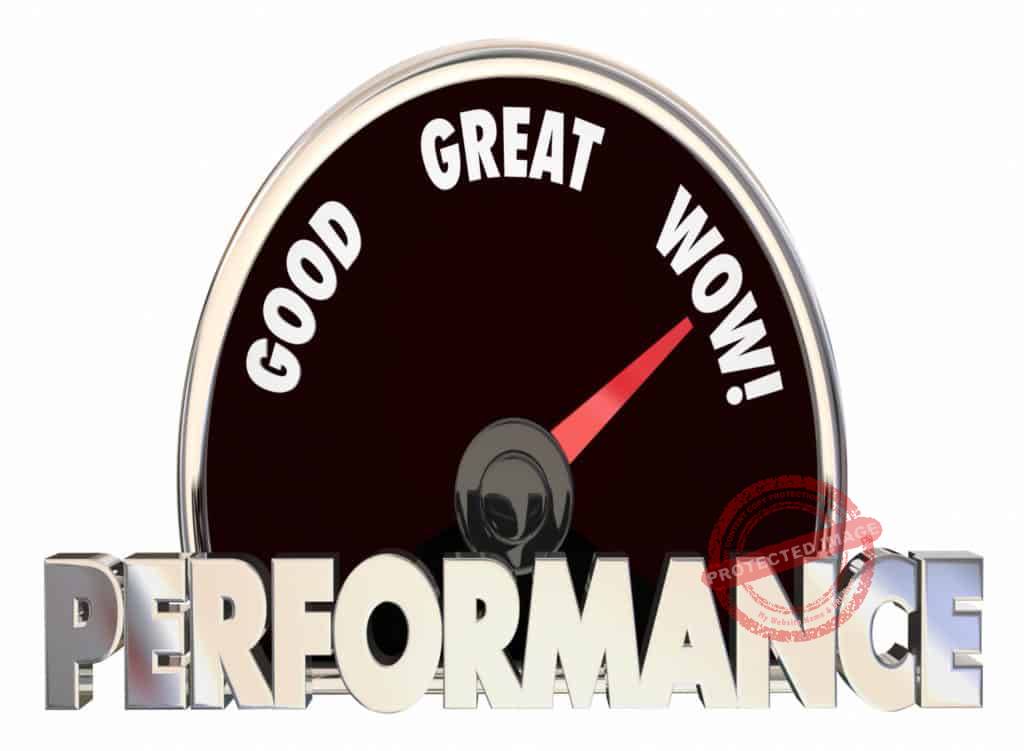
These techniques can make or break your performance evaluation process.
Even if you have the best performance tools and KPIs for your employees, the success still depends on how you implement the evaluation process.
Here are some techniques you can use to make an evaluation hassle-free and fair.
Provide Continuity
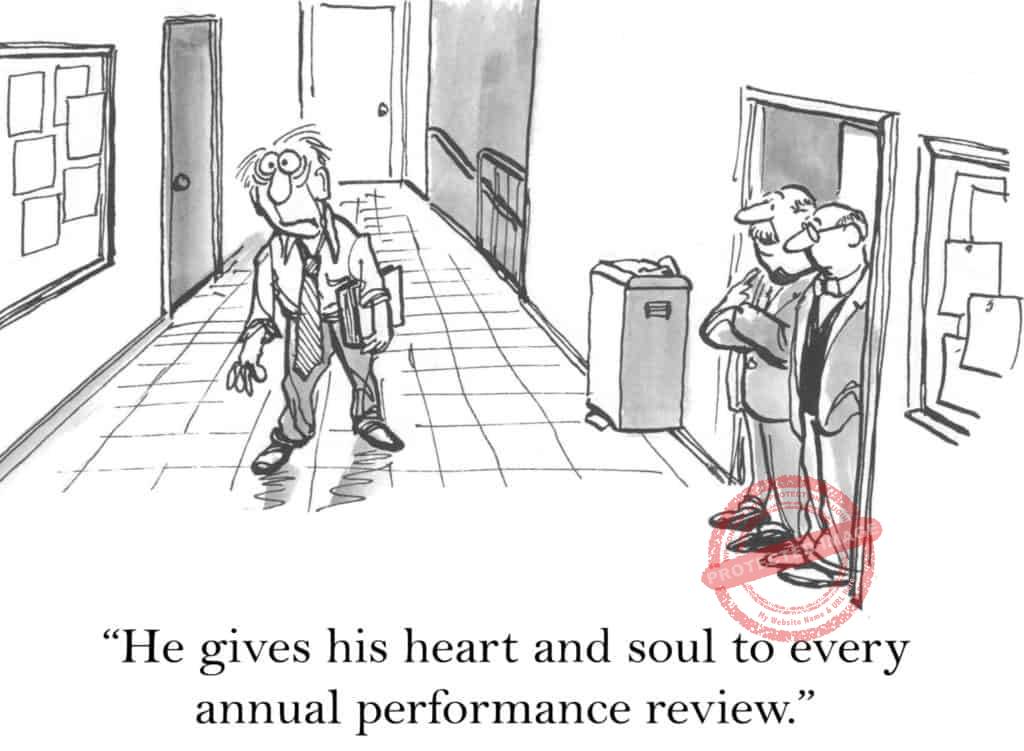
Make the evaluation process a regular activity.
You can perform the evaluation yearly, quarterly, or monthly.
Provide Incentive And Reward
Reward those employees who are performing excellently in your company.
These rewards would be something that your employees would be looking forward to every year.
Schedule A Meeting
Before you perform an evaluation, inform your employees about it.
You can schedule a departmental meeting to discuss the assessment.
After the evaluation, schedule another meeting to verify the results.
Give your employees the opportunity to defend themselves, especially if you’re doing peer reviews.
With a scheduled meeting, you can explain how the evaluation was done.
However, refrain from divulging sensitive information such as who appraised whom in a peer review.
Share The Process And The Form Used In The Evaluation

Your employees have the right to know the process of evaluation.
You need to explain to them how the rates were computed and why you used such ratings.
Empower Your Employees
The right to make decisions can empower your employees.
This authority gives them a sense of direction.
It aids your employees in making personal developments so they can make decisions without jeopardizing your company.
Set Up Clear Objectives
Clear and smart objectives enable your employees to work efficiently and effectively.
If your employees know your goals, you’re aligning your workforce with your company objectives.
The results are; better-performing employees.
Post-Employee Evaluation Tips to Improve Performance

Post-employee evaluation techniques are as important as pre-evaluation techniques.
Here are some tips to remember:
Provide Continuous Coaching And Training
You have the results, and now it’s time to provide the necessary coaching and training your employees to need.
This coaching and training require funds, time and effort.
However, think of this post-evaluation tip as an investment.
Use Performance Management Software

Performance evaluation can turn into a rigorous process, especially if your business is growing.
When this happens, you’ll need a performance management system to keep track of all performance evaluations.
Perform Follow-ups
As a business owner, you should ensure that your employees are doing their best to improve their performance.
Follow-ups can empower your employees.
These follow-ups give them a sense of importance.
These follow-ups will make them think that their improvement is also significant to you.
Final Thoughts
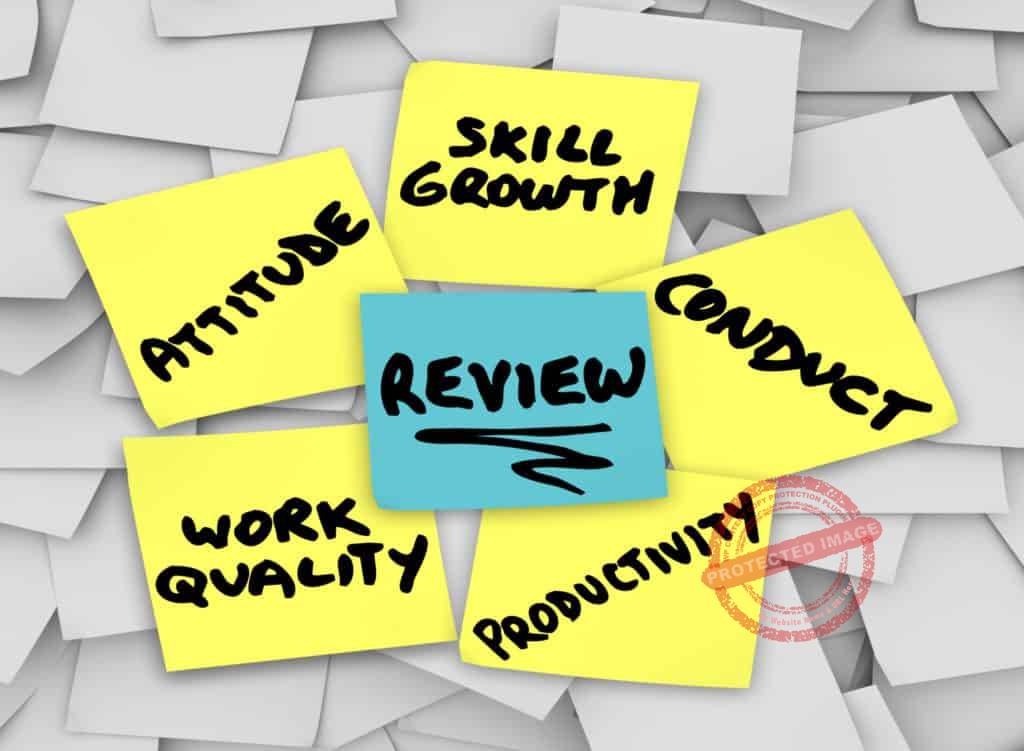
In managing employee performance, you can employ various ways to measure performance.
These methods could be unique to your company.
However, the important thing is to ensure a fair and subjective evaluation for each employee.
Employee evaluation goals should include ways to improve the performance of your employees.
Eventually, their excellent performance will reflect on your financial metrics as a business.
Now, armed with this guide, you can go ahead and reward your employees fairly as planned.
Have you been able to take away something useful from our tips above?
Do share your thoughts with us!
Click on Buy Now For a PDF Version of This Blog Post
 |
